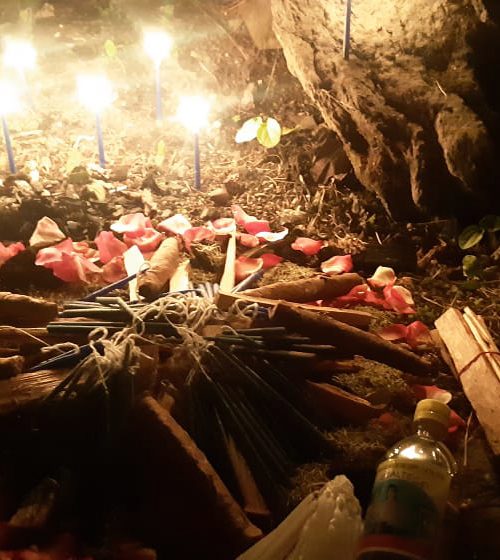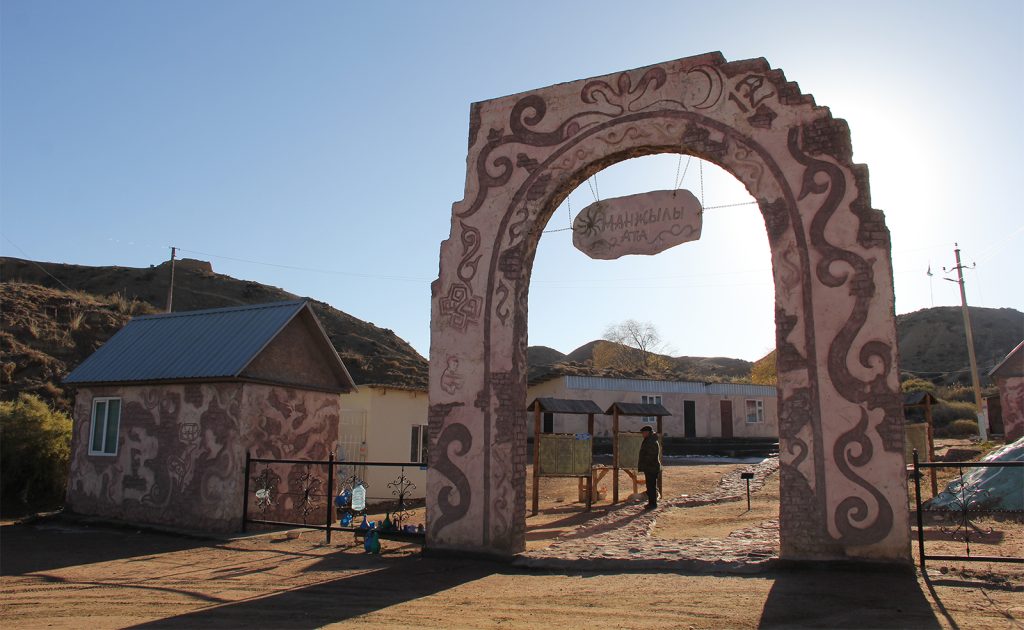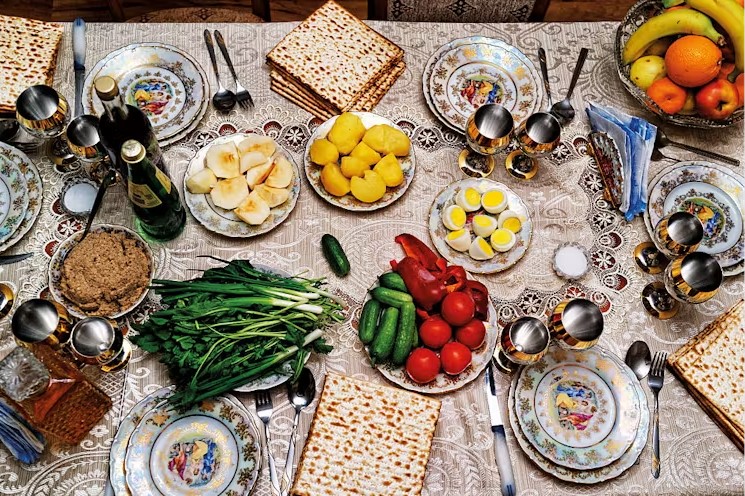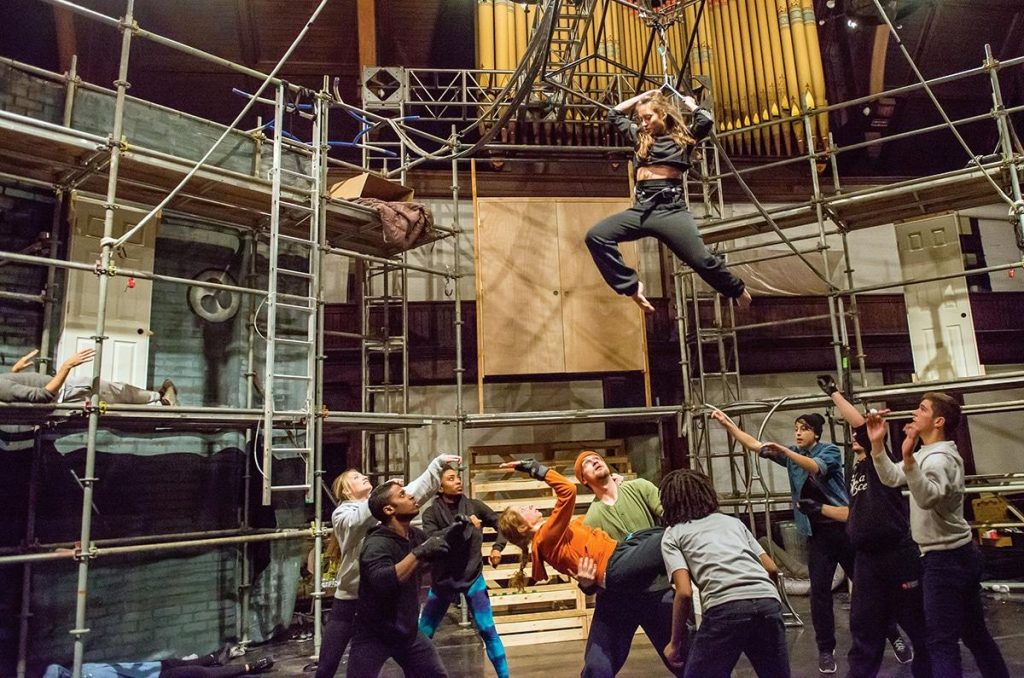(RNS) — Like many Indigenous people in the lands colonized by Spain, Calixta Gabriel Xiquín was raised Catholic in Guatemala, but her grandparents taught her the ancient Maya rituals. She was, in her words, “born into Maya spirituality.”
But amid the disruptions of Guatemala’s civil war, the deaths of her three brothers in the early 1980s and her exile in California, Xiquín’s journey to becoming an ajq’iq, or Maya spiritual guide, began when she found herself meeting with the Hopi in the American Southwest.
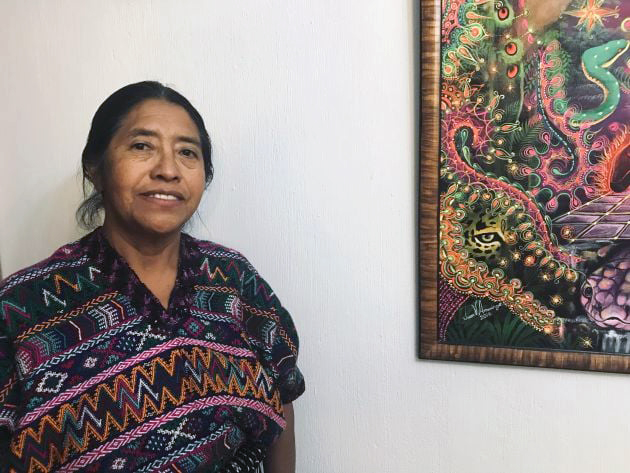
Xiquín said she was taken in “as a sister” by the Hopi community and often joined in their ceremonies. The Hopi guides were not only a vital support as she mourned — they fostered her curiosity about her own spiritual heritage. “I think I cured myself spiritually, emotionally, with them,” said Xiquín, now 66.
Xiquín, who returned to Guatemala in 1988, is among a growing movement of Indigenous Maya who, after centuries of persecution and in the face of racism in their home countries, are rejuvenating Maya spiritual knowledge.
“Maya spiritual practice never died because the elders did the ceremonies in a clandestine way — very private, very closed off, very secretive,” said Xiquín, who recently published a book on Maya persecution.
After the arrival of the Spanish conquistadors in what is now Mexico, Guatemala, Belize and Honduras in the 1500s, many Maya altars and sacred places were destroyed. Missionaries often constructed churches on these sites and prohibited Indigenous ceremonies.
It wasn’t until Guatemala’s 36-year civil war ended in peace accords, signed in November 1996, that Maya spirituality began to reemerge into public life. Of the more than 200,000 people killed in the conflict, 83% were Maya, according to a 1999 report. A U.N.-supported commission found that the Guatemalan government had committed genocide against four different Maya groups. Maya spirituality had to go underground in order to survive, said Xiquín.
As the war was ending, Xiquín organized an international gathering of Indigenous spiritual guides at the ancient sacred temples of Iximché, where ceremonies were performed continually at the western highland site over four days.
The revival, Xiquín said, includes reconnecting with Maya temples deemed “archaeological sites” and presented as tourist spots. “We’ve been in different places and ancestral cities to rescue the cultural patrimony,” she said.
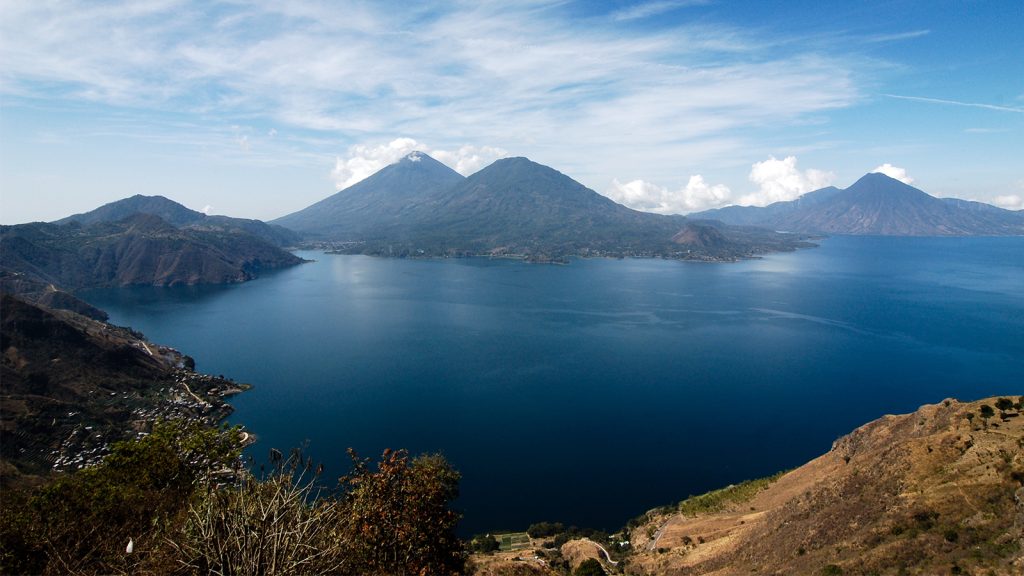
Maya ceremonies often take place beside rivers or lakes or in mountain caves. Fire plays an important role, with aromatic, natural elements being burned. The organization of those elements is based on the four cardinal directions: north, south, east and west.
But according to Xiquín and other ajq’iq, the ceremony is just one aspect of what it means to serve as a Maya spiritual guide.
“To be an ajq’iq comes from blood, it’s a gene, it’s a code in the blood that comes from grandparents and great-grandparents,” said Javier Méndez, an ajq’iq who lives in the Tzutujil Maya town of San Juan La Laguna, on the shore of Guatemala’s Lake Atitlán.
Méndez, 35, said his role as an ajq’iq translates to a “contador del tiempo,” or keeper of time.
“The ajq’iq is the person who explains to others the challenges of life for someone who is born in specific days of the Maya calendar. The ajq’iq is the spiritual guide that gives advice, that guides people towards the right path, for a more peaceful life, a more balanced life, to avoid problems in life,” he said.
The sacred Maya calendar — Cholq’iq in Guatemala, known as Tzolkin in Mexico — is a foundation of Maya spirituality. Comprising 13 months of 20 days, it conveys spiritual knowledge as well as time. Each day is assigned a nahual, or spiritual symbol. An individual’s destiny and other spiritual concerns and questions can be examined, with the guidance of an ajq’iq, by consulting their nahual and the Cholq’iq.
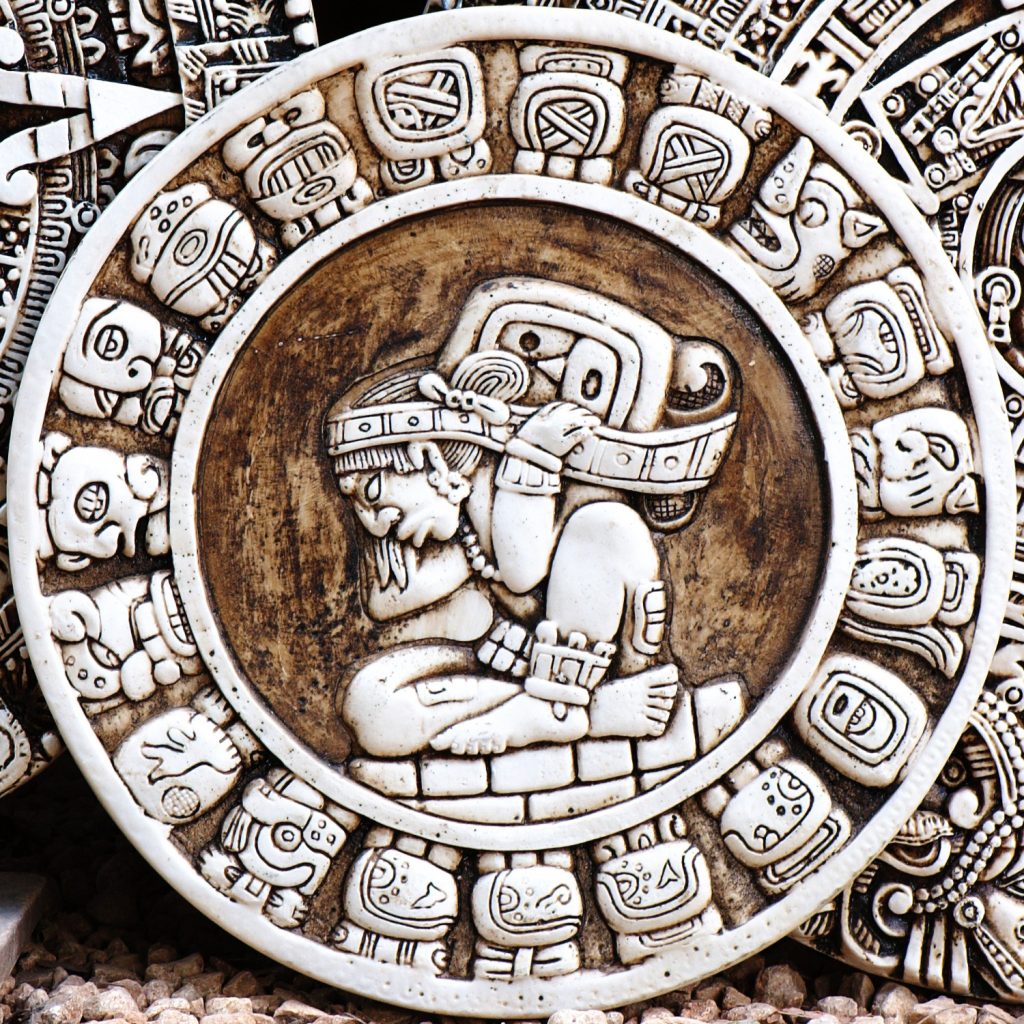
That calendar is just one of many, Méndez said. The Chor’ap calendar, for example, matches the 365-day solar year and is used for agricultural purposes.
“Maya spirituality is a science. Maya spirituality is an art. Maya spirituality is a knowledge that truly explains to you about all of existence,” he said.
The faith, founded on connectedness with all living things, is out of sync with consumer culture, Méndez said. He worries that young Guatemalans who have migrated to the U.S. will adapt to the American society and lose their spiritual practice.
“Nowadays, human beings are inventing many things for the destruction of their own lives, of human beings,” he said. “For young people, children, nowadays, it’s super important … to connect with Maya spirituality because Maya spirituality is a science that teaches you about how people really should live.”
But some young people in the U.S. have gravitated to the ancient spirituality of late. Jean Molesky-Poz, a lecturer in religious studies at Santa Clara University and author of “Contemporary Maya Spirituality: The Ancient Ways Are Not Lost,” said her husband is Maya, and their daughter chose to have a Maya blessing ceremony in Guatemala for her wedding to go with her traditional American ceremony in the U.S.
“I believe there’s mystery in the ceremony. There’s no doubt to me that that is an experience of mystery,” Molesky-Poz told Religion News Service.
Many Maya immigrants in the U.S., Molesky-Poz said, also “keep their Maya spirituality close to their heart,” calling an ajq’iq in Guatemala for support.
Julio David Menchú is a Guatamalan ajq’iq for several Maya youth who have grown up in the U.S., offering them guidance via video calls.
Menchú, 40, who has been writing on his web page, “Espiritualidad Maya,” for more than a decade, said he originally started writing for a non-Maya audience. But today about 40% of his readers are Maya people or academics looking for information about traditional spiritual practices.
“At the end of the day, this is the work. Help people to live their identity with pride, with joy, and no longer with the timidity and the shame of past times, rather with joy,” Menchú said.
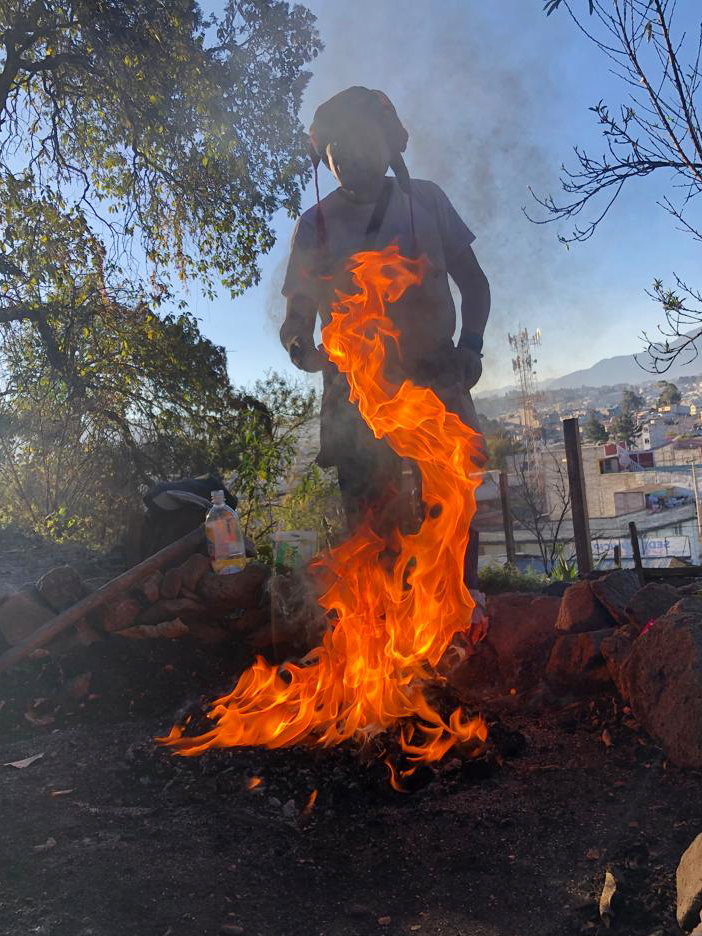
Menchú grew up in a Maya Kaqchikel family in Guatemala City. He didn’t know what his nahual, or spiritual marker on the day of his birth, was until a Jesuit priest asked him, and later explained to him what it meant and its significance.
This helped spark Menchú’s interest in reclaiming his Maya identity. He feels especially proud that his daughter, 13, identifies as Maya and decided to wear indumentaria, traditional Maya clothing, when she received her First Communion.
The continuing success of the revival depends in part on how Christians accept and encourage traditional Maya spirituality.
Menchú, a practicing Catholic, said the Second Vatican Council marked a greater openness on the part of the Catholic Church to embracing Maya spirituality. “It gives more of an opening towards the cultures of original peoples in every place in the world,” Menchú said.
“We are practicing Maya, we are ethnically Maya, but we are also Catholic,” Menchú said of his family, noting that for him it’s important to “have this combination of spirituality and our ethnic and cultural identity.”
He has given talks to various groups of priests and Catholic orders about the importance of understanding the Maya cosmovision.
Menchú is one of many Maya whom scholar Molesky-Poz describes as being “able to walk the two worlds,” and who fold Maya practices into Christianity. But after centuries of oppression at the hands of the church, many Maya have an uneasy relationship with Catholicism and are protective of their spirituality in the face of continued persecution.
They have reason for their suspicions. In recent years, Maya spiritual guides have been jailed and even murdered. In 2020, Domingo Choc Che, a Q’eqchi Maya spiritual guide in Guatemala, was tortured and set on fire by neighbors who accused him of witchcraft.
But Méndez, the ajq’iq in San Juan La Laguna, does not see Maya spirituality as a religion — but believes that greater respect of the Maya spiritual practice is needed. The only conflict Christian faiths have with Maya spirituality, he said, is their tendency to condemn traditional practices.
“I respect all ideologies. I respect all knowledge. If I respect these religions they have to respect me. Or rather, those religions have to respect the communities and let them continue to practice spirituality to be in harmony,” he said.
